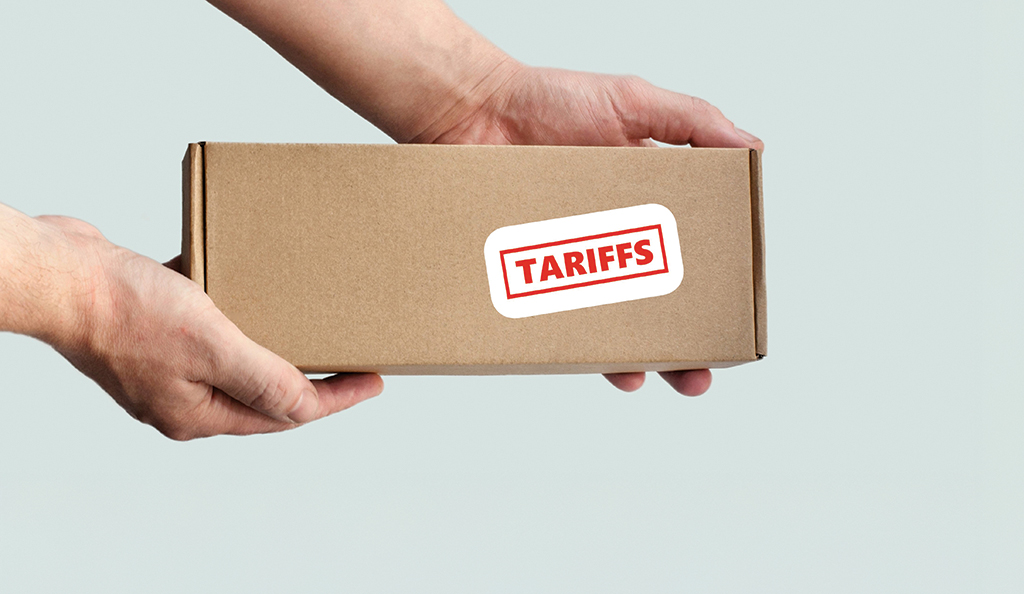Full Duties Imposed on Sub-$800 Imports
Across All Countries Starting August 29

Until now, small imports to the United States valued at $800 or less were exempt from customs duties under the de minimis system. De minimis—meaning “small things are not subject to the law”—is a legal provision that exempts low-value imports from tariffs. The duty-free threshold had been set at $800.
This limit was raised from $200 to $800 in 2016 under the Obama administration to promote e-commerce, a change that fueled a surge in imports, driven in part by platforms like Shein and Temu. However, the Trump administration moved to abolish this threshold in 2025. Starting in May, a 54% tariff was applied to small imports from China and Hong Kong. On July 30, President Trump signed an executive order suspending the de minimis exemption for all other countries, with the measure taking effect August 29, 2025. As a result, imports from countries such as South Korea, Japan, Vietnam, and those in Europe will now face tariffs—an expected blow to the beauty supply industry.
Why was it abolished now?
The U.S. retail and wholesale industries have long argued it was unfair that they paid taxes while overseas e-commerce companies could sell without them. The de minimis rule persisted largely because U.S. customs lacked the staff and systems to process and tax millions of low-value imports each day, and tracking shipments via USPS, FedEx, and DHL was difficult. In his executive order, President Trump stated, “…I received a notification from the Secretary of Commerce that adequate systems are in place to fully and expeditiously process and collect duties that would otherwise be eligible for duty-free de minimis treatment.” (Source: The White House) This indicates that the necessary technological infrastructure is now in place.
Effective August 29, 2025, tariffs will apply to all small-value imports (de minimis) of $800 or less, with methods varying by shipping route. (White House, July 30)
1. All deliveries except those sent via international postal services (e.g., FedEx, DHL, UPS)
- All items under $800 will now be subject to customs duties.
- A formal import declaration is required (via the ACE system).
- Taxation criteria: General duty rates under existing HS codes will apply based on item type and origin.
→ Items under $800 were previously exempt from customs duties but will now be treated as general imports.
2. Shipments via international postal networks (e.g., USPS)
Initially, a different method will apply as an exception:
(1) Until the system is fully established:
- Customs duties may be calculated as either a fixed amount or a percentage.
Shipping companies will choose one of the two methods below and apply it on a monthly basis.
(2) Percentage method (b):
- Calculated based on the IEEPA tariff rate of the actual country of origin.
Example: Made in Korea and shipped from Vietnam → Korea’s 15% tariff rate applies.
(3) Fixed-rate method (c):
A fixed amount per item is imposed based on the IEEPA tariff rate of the country of origin:
| IEEPA Tariff Rate | Fixed Tariff |
| Less than 16% | $80/item |
| 16–25% | $160/item |
| Over 25% | $200/item |
※ This fixed rate will apply for six months before shifting to a percentage-based method.
What is the impact on the beauty supply industry?
The tariff on small-scale imports from China and Hong Kong, in effect since May, has had an immediate impact. According to Rotate, an air freight company, cargo volumes from China have dropped by over 30–40%, and U.S. visits to the Temu platform have fallen sharply. This disruption to the seller–buyer ecosystem reliant on small-scale imports is expected to hit beauty supply stores hard. Low-cost products such as beauty accessories, false nails, eyelashes, and other small items from China, South Korea, and Vietnam are now subject to tariffs, requiring a thorough review of order distribution, purchase prices, and margins.